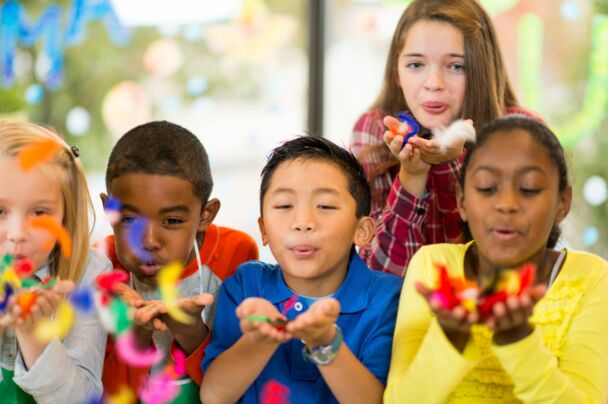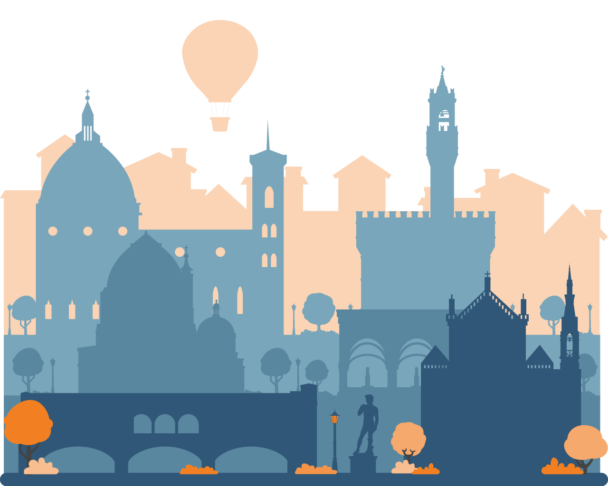Description
Creating an inclusive classroom – which promotes the value of diversity and meets the needs of all students – is a hard challenge for 21st-century teachers as it requires creating a culture where difference brings value, considering diverse learning styles, and preparing flexible gradual learning activities.
Another important challenge is providing students with learnings that will transfer to real-life contexts and support adaptation to a changing world. With this respect, acquiring academic skills such as analytical reasoning, logic, and linear thinking is as important as developing intuition, imagination, and holistic thinking.
This course proposes to answer both issues through Expressive and Creative Art Therapies (ECAT). Arts and artistic performance (music and drama) become a tool to build an inclusive classroom and to develop key competencies for lifelong learning (e.g., creativity, imagination, and higher-order thinking skills).
The participants will learn to include art, music, and drama in their classrooms to enhance learning, promote well-being, and develop emotional abilities.
They will understand how creative arts stimulate cognitive functions and emotional awareness as well as motivation and collaboration among students, thereby contributing to enhancing overall academic achievements.
This course draws its tools and activities from art therapy, although participants need not be art therapists, artists, or musicians to take part in it.
By the end of the course, they will be able to create and perform activities from music, drama, and art in their curriculum and as a teacher.
What is included
Learning outcomes
The course will help the participants to:
- Discover the power of creativity and art for creating an inclusive classroom and fostering motivation, autonomy, self-esteem, participation, and collaboration;
- Design creative and expressive activities for an inclusive classroom;
- Identify the benefits of music and art therapy as a preventive strategy;
- Promote cognitive and emotional abilities in schools through Expressive and Creative Art Therapies (ECAT)
- Integrate ICT tools and resources from art, music therapy, and creative and expressive arts to build an inclusive classroom.
Tentative schedule
Day 1 – Fundamentals in creative arts therapy
- Introduction to the course, the school, and the external week activities;
- Icebreaker activities using music for trust and ensemble building;
- Presentations of the participants’ schools;
- Why art and creativity matter;
- Creative and expressive arts therapy fundamentals: definition, history, and core values.
Day 2 – Promoting soft skills: emotional intelligence and life skills
- The importance of expressive and creative arts in an inclusive school;
- How to implement expressive and creative arts at schools: a case study;
- Emotional awareness;
- Practicing presence and attention: meditating in different ways.
Day 3 – Promoting creativity
- Awareness skills for emotional regulation;
- Strengthening resilience through expressive art therapies: reinsuring your strengths;
- Everyday inspirations to help stretch the comfort zone in the classroom;
- Reencountering inner creativity and strengthening creative powers.
Day 4 – Creating a positive environment for learning
- The joy of making art in the classroom in all its varied forms: playing and experimenting with different styles;
- The importance of self-expression through art for inclusion: a paradigm on diversity and inclusion;
- Engagement: building motivation to learn through arts;
- Collaborating through creation.
Day 5 – Arts in and out of the classroom
- ICT tools for Arts;
- Art, acceptance, and coexistence;
- Art for the construction of inclusive environments and for building a sustainable society;
- Designing and implementing a project for your own context.
Day 6 – Course closure and cultural activities
- Course evaluation: round-up of acquired competencies, feedback, and discussion.
- Awarding of the course Certificate of Attendance.
- Excursion and other external cultural activities.







